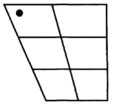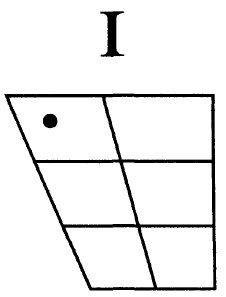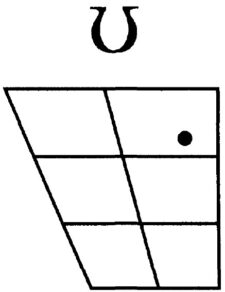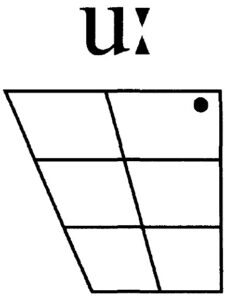Close vowels
For close vowels the tongue is quite high in the mouth. Moving from / i: / through to / u: /, we also notice the different positions of the tongue; / i: / is a front vowel, and / u: / is a back vowel.
Characteristics
The front of the tongue is slightly behind and below the close front position. (The ‘close’ position is where the tongue is closest to the roof of the mouth.) Lips are spread. The tongue is tense, and the sides of the tongue touch the upper molars.
Examples: bead, key, cheese, scene, police, people, quay
Characteristics
The part of the tongue slightly nearer the centre is raised to just above the half-close position (not as high as in / i: /). The lips are spread loosely, and the tongue is more relaxed. The sides of the tongue may just touch the upper molars.
Examples: hit, sausage, biggest, rhythm, mountain, busy, women, sieve
Characteristics
The part of the tongue just behind the centre is raised, just above the half-close position. The lips are rounded, but not tight. The tongue is relatively relaxed.
Examples: book, good, woman, push, pull




